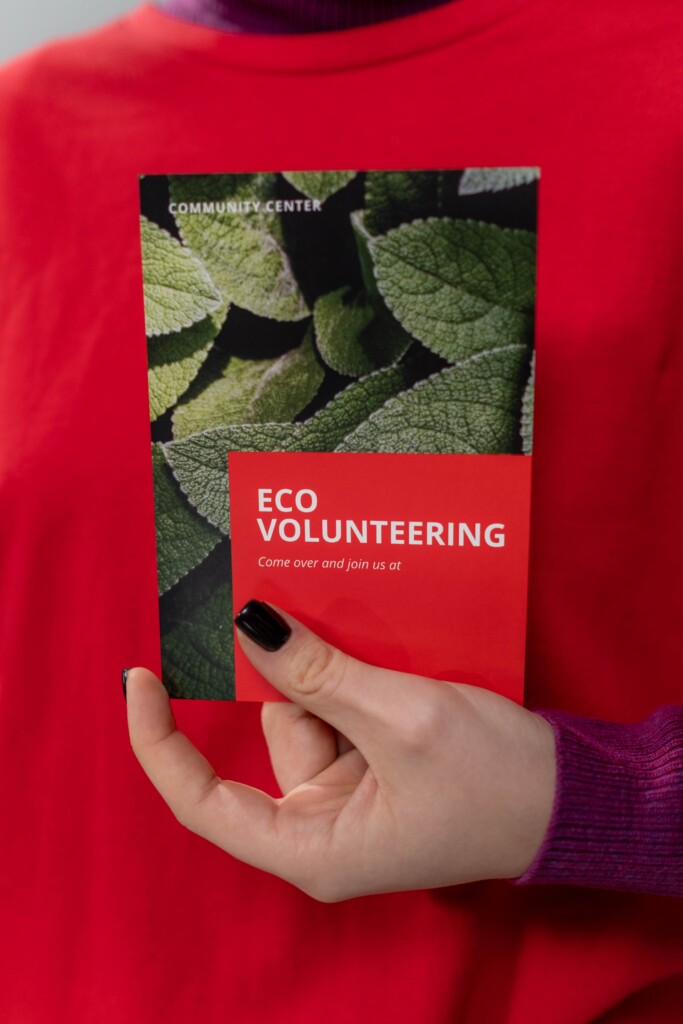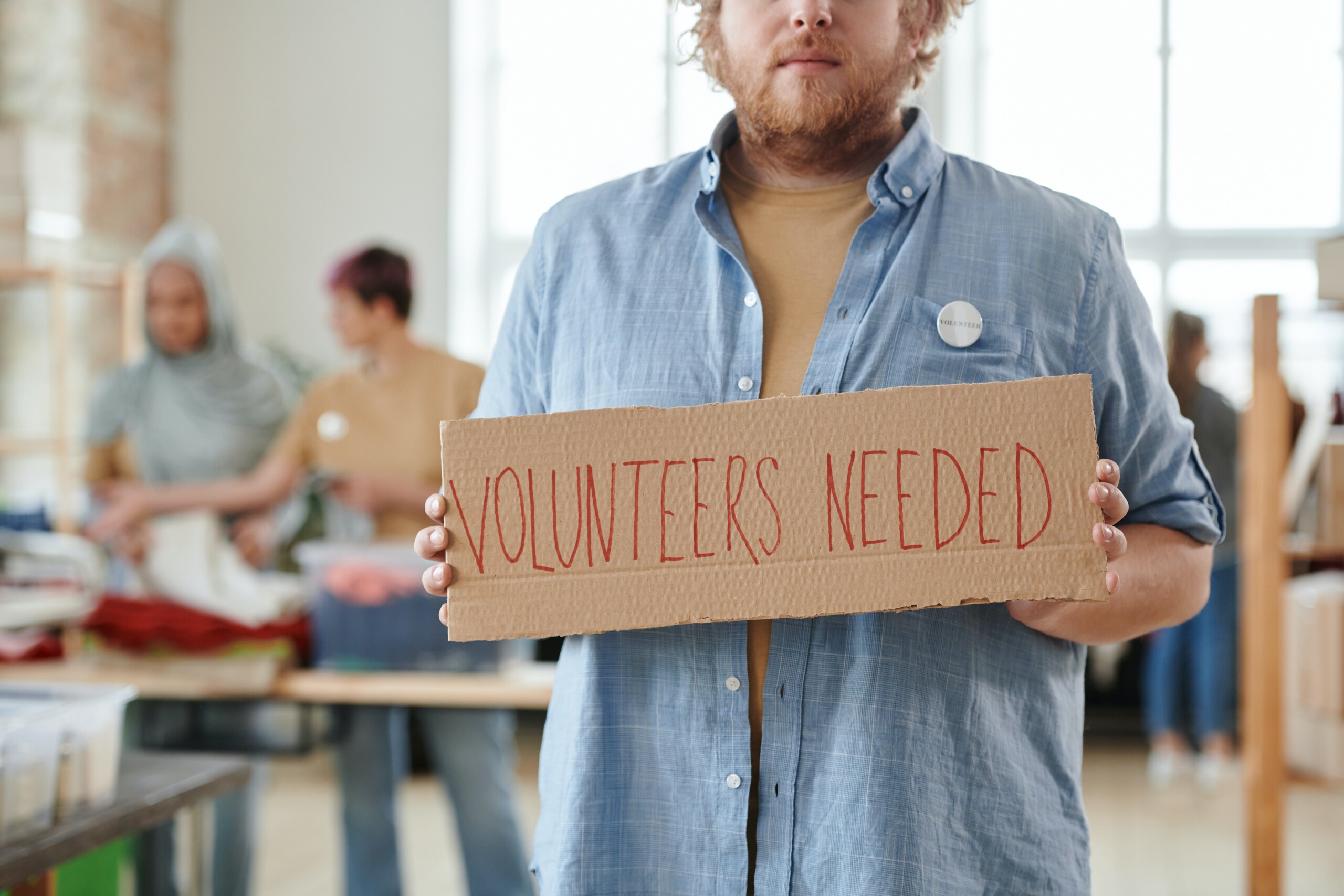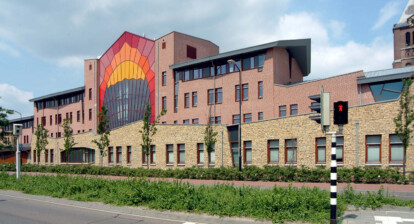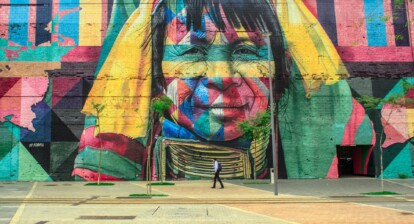Authors: Eline Verhoeven, Kyle Zonneveld & Nikki Curvers.
In recent decades, there has been a lot of discussion about how societies are changing in a negative way, and people are worried that the social cohesion is crumbling down. That is, they believe that people are becoming less connected, have weaker ties, and are less supportive of each other [1].
However, research from Statistics Netherlands [1] shows the opposite: social cohesion has not actually decreased in the last decades, and in fact, people’s confidence in society has increased. Interestingly, the same study also found that there are differences in social cohesion between different groups of people. For example, older adults, those with lower education levels, and residents from non-Western backgrounds often experience lower social cohesion, as they have smaller social networks and less support from their social network [1].
This contrast between different groups makes it especially important to enhance social cohesion. It should not matter whether you are young or old, low or highly educated, or from a different cultural background – everyone should have a strong social network to rely on. To achieve this, it is important that communities continue to stimulate social contact between people in their neighborhood. The question is, how do we ensure that our neighborhoods continue to thrive and maintain social cohesion?
In the end, the most important resource that communities have for dealing with problems, such as a lack of social cohesion, is the active engagement of residents themselves.

In the face of this challenge, it is important for communities to build ‘sustainable resilience’: having the capacity as a community to bounce back from adversity and continue moving forward. But how do we build sustainable resilience? Building resilience takes time, and requires focusing on our strengths rather than weaknesses, and improving self-organization, self-control, and social connections [2]. While having access to outside support and resources might be helpful, tapping into the intrinsic motivation of residents is an even more powerful resource that can create a sustainable foundation for community resilience. The motivation that comes from within us, thus can provide a way to maintain social cohesion in the long run. In the end, the most important resource that communities have for dealing with problems, such as a lack of social cohesion, is the active engagement of residents themselves.
Harnessing intrinsic motivation by volunteering
The motivation that comes from within us, or ‘intrinsic motivation’, is the internal drive that engages us in activities that we find meaningful and fulfilling, without the need for rewards from outside. But what motivates us intrinsically to improve the social contacts in our neighborhoods? In general, we want to feel in control, having a say ourselves in decisions made, and not feel regulated by outside forces. We also want to feel competent in the activities that we engage in. And, last but not least, we want to feel socially connected to others [3]. These three needs — autonomy, competence and social connection — can be perfectly fulfilled in a practical form: volunteering within the community.
Yet, volunteering remains a complex phenomenon, as it seems conflicting to work for free [4]. While we do not question why we take paid jobs, many question why we would volunteer. To make it more complex, volunteering can be seen from different perspectives. For example, a sociologist may view volunteering as collectivistic in its nature and would emphasize that volunteering is a kind of social solidarity and binds society together. In contrast, a psychologist would emphasize the role of personality traits to volunteer, and the tendency to act prosocial [4]. Despite these differing viewpoints, all agree on one thing: Volunteering is a powerful tool that communities can use to mobilize the collective power of their residents and to build sustainable resilience.
“Alone, we can do so little; together, we can do so much.”
Helen Keller
Benefits of volunteering: For volunteers and their surrounding
Volunteering is a way to benefit the community in many ways. When people volunteer to create neighborhood activities, it can lead to increased trust, familiarity, shared values, and stronger ties among residents [5]. This can improve social cohesion, and also helps build ‘social capital’: the potential and actual networks of relationships from the residents which makes a society run smoothly. which means that local residents have more opportunities for social support, higher engagement in their neighborhoods, more influence, and a collective ability to maintain societal order and ensure neighborhood safety [5].
But volunteering is not only beneficial for the community, it also benefits the volunteers themselves. Volunteering work is beneficial for the volunteer’ subjective well-being, its social connections and the quality of their social relationships, especially when volunteering is done for intrinsic reasons [6]. Thus, volunteering helps develop a sense of ownership and belonging, as we are driven by a genuine desire to have a good influence and give back to the community.
Unleashing the power of intrinsic motivation: In practice

Good to read that volunteering has several benefits and intrinsic motivation is the key to fostering a community’s sustainable resilience. But how then do you ensure that in practice? If we want to guarantee that volunteering is truly voluntary, and thus is based on residents’ intrinsic motivation to help, there should not be any external regulation that forces people to join to volunteer. On the contrary, people themselves should come and step forward to become volunteers.
An example of such an initiative is found in Tilburg, called “Serve the City” [7]. Students from Tilburg can use the portal Serve the City to apply as day volunteers and so “serve” the municipality by participating in a variety of (social) projects there. Students can either join a commission to generate ideas and develop the projects themselves or can join as volunteers to help at a project of interest.
This example from Tilburg can be broadened to other target groups and applied to other communities. In this way, not only students, but local residents of all ages and backgrounds are able to sign up and help develop projects or volunteer in these projects. When local residents themselves come up with ideas to improve their own neighborhood, you empower them, you promote social interactions between local residents, and social projects have a better chance of success. After all, if you want people to be actively engaged, letting people direct oneself is always a better option [8].
Referenties
[1] Schmeets, H. (2015). Sociale samenhang: wat ons bindt en verdeelt. Den Haag: Centraal Bureau voor de Statistiek (CBS).
[2] Zautra, A.J., Hall, J.S., & Murray, K.E. (2010). Resilience: A new definition of health for people and communities. In J.R. Reich, A.J. Zautra, & J.S. Hall (Eds). Handbook of Adult Resilience (pp. 3-30). New York: Guilford.
[3] Ryan, R. M., & Deci, E. (2001). On happiness and human potentials: A review of research on hedonic and eudaimonic well-being. Annual Review of Psychology, 52(1), 141–166. https://doi.org/10.1146/annurev.psych.52.1.141
[4] Hustinx, L., Cnaan, R. A., & Handy, F. (2010). Navigating theories of volunteering: A hybrid map for a complex phenomenon. Journal for the Theory of Social Behaviour, 40 (4), 410-434. https://doi.org/ 10.1111/j.1468-5914.2010.00439.x
[5] Carpiano, R. M. (2006). Toward a neighborhood resource-based theory of social capital for health: Can Bourdieu and sociology help? Social Science & Medicine, 62(7), 165–175. https://doi.org/10.1016/j.socscimed.2005.08.064
[6] Wilson, J. (2012). Volunteerism research: A review essay. Nonprofit and Voluntary Sector Quarterly, 41(2), 176–212. https://doi.org/10.1177/0899764011434558
[7] Serve the City (2023). Over Serve the City. Serve the City Tilburg. https://www.stctilburg.nl/about/
[8] RSA (2010, April 1). RSA ANIMATE: Drive: The surprising truth about what motivates us [Video]. YouTube. https://www.youtube.com/watch?v=u6XAPnuFjJc







